Diabetic Lancets
Individuals living with diabetes depend on diabetic supplies to monitor and manage blood sugars in order to keep glucose at healthy levels. Diabetic lancing devices are essential diabetic supplies that use sharp needles or blades to pierce the skin so blood can be tested. These devices are widely used in diagnostic centers, laboratories, hospitals, clinics, and home care. Their simple, small designs make diabetic lancets ideal for self-diagnostic
General Characteristics of a Diabetic Lancet
Below is a summary of typical lancet device characteristics and components:
- They feature a sharp needle or a blade to pierce the skin
- They may have features for limited stick exposure
- Lancets may contain safety devices that protect users from unwanted sticks
- Lancets may have a spring-activated puncture function
- Lancets are generally disposable
- They are helpful for self-testing and self-diagnosis
- They are typically single-use devices
Types of Lancets?
There are multiple kinds of diabetic lancet types on the market today. These are characterized by three different lancet-type categories: safety, standard, and specialty. Safety versions feature shields to reduce the risks of accidental sticks. Standard lancets consist of handles and blades, whereas specialty lancets include vacuums, suctions, and other novelty features. The specific types of lancets include:
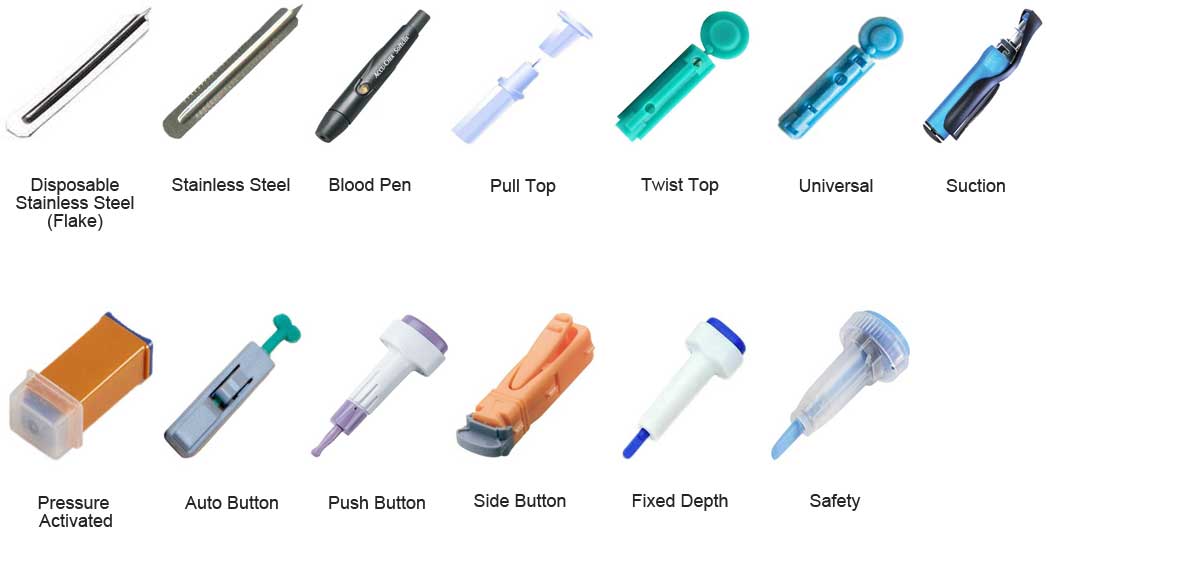
- Disposable lancets for one-time use
- Pull tops have removable tops that expose the needles when removed
- Universal lancets are ideal for general-purpose use
- Blood lancet pens are characterized by their ink pen designs
- Flake lancets are simply designed needles with handles
- Twist-top lancets have removable twist-tops that when removed, expose the needles
- Suction lancets feature suction-puncturing devices
- Safety lancets have retractable needles
- Side-button lancets are activated by side-buttons
- Push-button lancets are activated by push-buttons
- Fixed-depth lancets penetrate the skin to fixed depths
- Stainless-steel lancets feature steel shafts with needles
- Pressure-activated needles are used by pressing against the skin and are spring-activated
Choosing the right lancing device depends on a patient’s individual needs. Check out this Product Selection Continuum page for more information on the top-selling lancet brands and styles at Vitality Medical.
Benefits of Safety Lancets
Although the standard diabetic lancet models are the least expensive and employ simple designs, safety lancets are more popular. Safety lancets are the often first choice for in-home diabetic monitoring. Most hospitals and clinics also use the safety versions to protect patients and caregivers from accidental sticks. These devices feature protective needle or blade covers that hide the cutting implement until it is needed.
Safety lancets are divided into two groups: manual or passive (fully automatic). Manual devices require removing the shield and stabbing the patient or pushing a button to deploy a spring-activated needle. The spring activates by a top or side button. Passive devices activate the needle by pressure or contact with the sample area. A French multicenter study found that needle stick injuries are lower for automatic or pressure-activated lancet devices. This study also confirmed an earlier study that found this device type to be effective in drawing a sufficient blood sample.1 An earlier study also concluded that patients who used contact-activated lancets perceived less pain with sampling.
An additional safety lancet benefit is its portability. Because of the unexposed needles, these devices are easily transportable in a purse or backpack and are small enough for a pocket.
How to Select the Best Lancet Device?
There are numerous different types of lancing devices designed to meet individual needs. This helpful self-diagnostic tool allows patients to quickly, easily, and safely retrieve blood samples for testing and screening. The continuum below displays the different types of blood lancets and glucometer lancets. The left of the continuum displays devices that are budget-priced; the more expensive types are displayed on the right side of the continuum. The devices on the far right offer the least amount of patient discomfort when drawing blood.
Product Selection Continuum
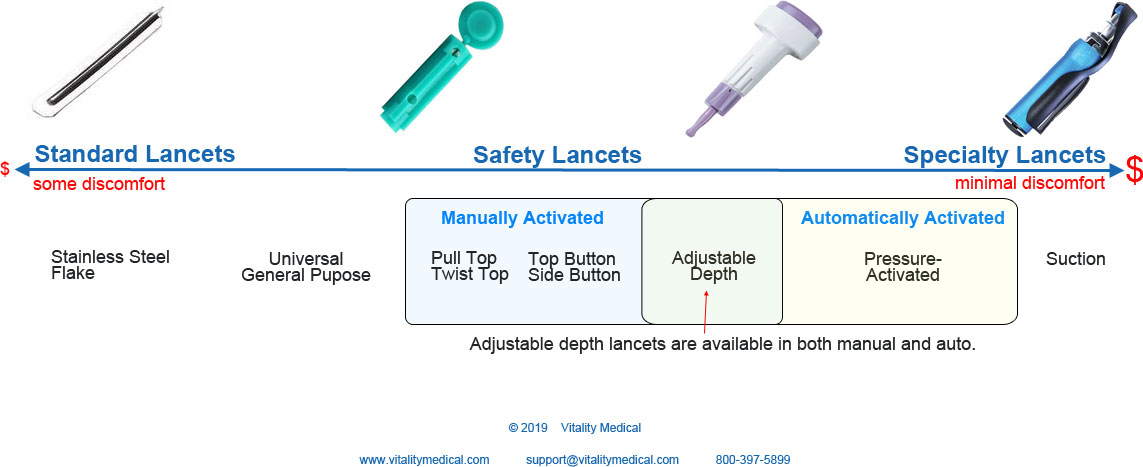
Ranking the Top-Selling Lancets

Ranking the Top-Selling Lancets
- Fastclix - pen style, adjustable depth, manual activation, top button, Accu-Chek
- Softclix - pen style, adjustable depth, manual activation, top button, twist-off cap, Accu-Chek
- One Touch Delica - twist top, adjustable depth, LifeScan
- Microlet - pen style, twist cap, adjustable depth, Ascensia Bayer
- Freestyle - twist top, adjustable depth, Abbott
- True Plus - universal style, twist top, Trividia
- One Touch Ultra - universal style, twist top, LifeScan
- Keto Mojo - twist top, adjustable depth, Keto Mojo
- Unistik - safety type, manual activation, side button, Owen Mumford
- Easy Touch - universal style, twist top,
Product Sizes
Lancets are available in different sizes according to diameter and length. Most often, the diameter is a gauge (G) size; however, it can sometimes be a millimeter (mm) measurement. The measurement of the needle’s length is in millimeters and affects the puncture depth.
A typical stainless-steel lancet has a diameter of 0.3-0.8 mm and penetrates 0.7-1.3 mm; the depth of penetration directly relates to the amount of pain experienced by the user."3 "Although the extent of tissue injury and pain is less from the puncture by a thinner and shorter needle, the puncture caused by a very small-sized needle yields less blood volume, and may not be sufficient for the glucose measurement"4
Larger size needles produce bigger blood samples, while smaller sizes result in limited samples.
Diameter
Regarding thickness, the higher the gauge number, the smaller the needle’s diameter. The lower the gauge number, the larger the diameter. An 18-gauge needle is much larger than a 30-gauge needle. Lower-gauge lancets produce larger skin punctures and more patient discomfort. Since patients have many skin types, it is best to select a lancet that produces the perforation size that is needed to collect an adequate blood sample. A puncture that does not draw enough blood suggests that a switch to a lower gauge number is needed. On the other hand, a puncture that creates a larger sample size than is needed indicates a higher gauge needle should be implemented. Gauge sizes currently range from 12 to 38.
Length
The needle’s skin penetration length is also an important factor. A needle that is too short may not produce enough blood; a needle that is too long may produce more blood than is needed and (of course) more pain. Typical length sizes range from 1 to 3 mm.
Size Selection Continuum
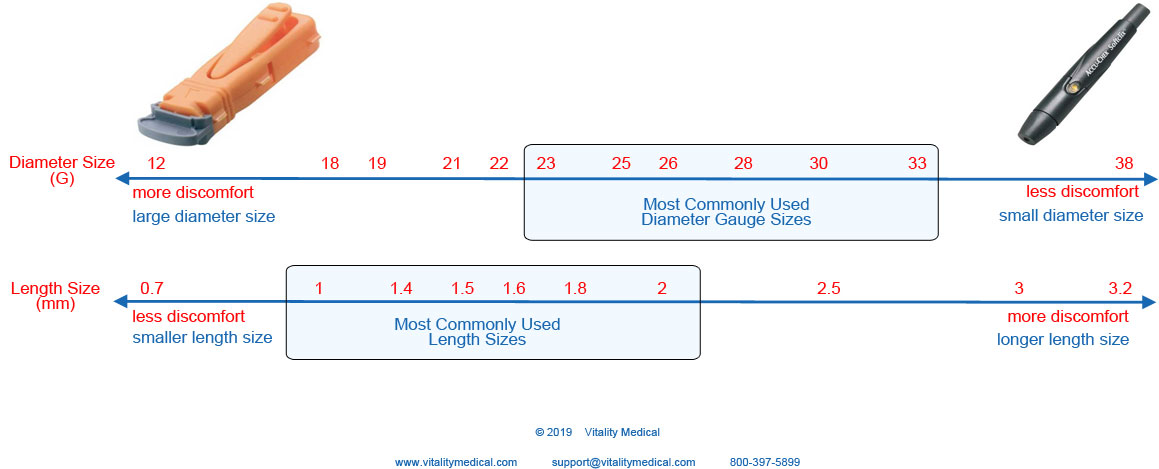
FAQ's
What are lancets used for?
Lancing devices use a blade or needle to slice below the skin to produce a blood sample for blood sugar self-monitoring.
Are lancets and test strips the same?
A lancet device disrupts skin tissue to provide a blood sample. Test strips use the retrieved blood sample to determine blood glucose levels.
Are all lancets the same?
No. There are many different lancet types. However, there are two basic lancet categories: a standard device and a safety lancet. A lancet without a safety mechanism is simply a handle with an attached needle or blade. Alternatively, a safety device offers shielding for the needle that stays in place until the user is ready to extract a blood sample.
Do lancets require a prescription?
No, lancets are available without an Rx.
Does the level of pain associated with blood glucose sampling affect compliance?
Yes. "Does the level of pain associated with blood glucose sampling affect compliance? Yes. According to a survey of approximately 6,600 type 1 diabetic patients, 1,895 replied that their actual testing frequency was less than that recommended. This was mainly due to soreness, pain, and inconvenience."5 In another study, pain increased with penetration depth: thicker lancets were slightly more painful than thin ones. However, blood volumes increased with the lancet penetration and depth."6 Choosing the right diabetic lancet size can make a significant difference in patient compliance when retrieving adequate blood samples.
Questions? Contact Vitality Medical
Vitality Medical strives to be a one-stop for diabetic lancets and other diabetic supplies. Products are available in single boxes or bulk quantities. AutoShip will eliminate the fear of running out of diabetic supplies. Contact a product specialist for any questions about diabetic lancets, diabetic lancet types, or any product feature questions. Open a live chat or contact Vitality Medical by phone or by email.
Footnotes
-
 1Tosini, William, et al. "Needlestick injury rates according to different types of safety-engineered devices: results of a French multicenter study." Infection Control & Hospital Epidemiology 31.4 (2010): 407.
1Tosini, William, et al. "Needlestick injury rates according to different types of safety-engineered devices: results of a French multicenter study." Infection Control & Hospital Epidemiology 31.4 (2010): 407. -
 2Warunek, David, and Ana K. Stankovic. "Evaluation of lancets for pain perception and capillary blood volume for glucose monitoring." Clinical Laboratory Science 21.4 (2008): 215.
2Warunek, David, and Ana K. Stankovic. "Evaluation of lancets for pain perception and capillary blood volume for glucose monitoring." Clinical Laboratory Science 21.4 (2008): 215. -
 3Bloomgarden, Zachary T. "Treatment issues in type 1 diabetes." Diabetes care 25.1 (2002): 230.
3Bloomgarden, Zachary T. "Treatment issues in type 1 diabetes." Diabetes care 25.1 (2002): 230. -
 4Kim, Stanley. "A pain-free Lancet with a small needle for Glucose Measurement." Clinical Medicine Insights: Endocrinology and Diabetes 3 (2010): CMED-S3775.
4Kim, Stanley. "A pain-free Lancet with a small needle for Glucose Measurement." Clinical Medicine Insights: Endocrinology and Diabetes 3 (2010): CMED-S3775. -
 5Bloomgarden, p. 230.
5Bloomgarden, p. 230. -
 6Fruhstorfer H, Schmelzeisen-Redeker G, Weiss T. Capillary blood sampling: relation between lancet diameter, lancing pain and blood volume. European Journal of Pain. 1999;3(3):283-286.
6Fruhstorfer H, Schmelzeisen-Redeker G, Weiss T. Capillary blood sampling: relation between lancet diameter, lancing pain and blood volume. European Journal of Pain. 1999;3(3):283-286.
Medical Studies
-
 Montalvo, A., et al. "Comparative study of 3 types of lancets for performing prick tests." Allergologia et immunopathologia 24.2 (1996): 58-64.
Montalvo, A., et al. "Comparative study of 3 types of lancets for performing prick tests." Allergologia et immunopathologia 24.2 (1996): 58-64. -
 Ballardini, G., et al. "To reduce the pain of heel prick in the newborn: comparison of six types of lancets." La Pediatria medica e chirurgica: Medical and surgical pediatrics 34.4 (2012): 182-185.
Ballardini, G., et al. "To reduce the pain of heel prick in the newborn: comparison of six types of lancets." La Pediatria medica e chirurgica: Medical and surgical pediatrics 34.4 (2012): 182-185. -
 Tosini, William, et al. "Needlestick injury rates according to different types of safety-engineered devices: results of a French multicenter study." Infection Control & Hospital Epidemiology 31.4 (2010): 402-407.
Tosini, William, et al. "Needlestick injury rates according to different types of safety-engineered devices: results of a French multicenter study." Infection Control & Hospital Epidemiology 31.4 (2010): 402-407. -
 Warunek, David, and Ana K. Stankovic. "Evaluation of lancets for pain perception and capillary blood volume for glucose monitoring." Clinical Laboratory Science 21.4 (2008): 215.
Warunek, David, and Ana K. Stankovic. "Evaluation of lancets for pain perception and capillary blood volume for glucose monitoring." Clinical Laboratory Science 21.4 (2008): 215. -
 Bloomgarden, Zachary T. "Treatment issues in type 1 diabetes." Diabetes care 25.1 (2002): 230-238.
Bloomgarden, Zachary T. "Treatment issues in type 1 diabetes." Diabetes care 25.1 (2002): 230-238. -
 Fruhstorfer H, Schmelzeisen-Redeker G, Weiss T. Capillary blood sampling: relation between lancet diameter, lancing pain and blood volume. European Journal of Pain. 1999;3(3):283-286.
Fruhstorfer H, Schmelzeisen-Redeker G, Weiss T. Capillary blood sampling: relation between lancet diameter, lancing pain and blood volume. European Journal of Pain. 1999;3(3):283-286.
Vitality Medical carries other diabetes supplies, including Insulin Pumps and Carry Cases.
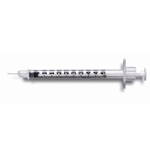

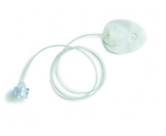
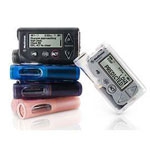
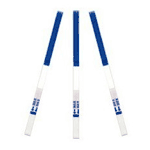
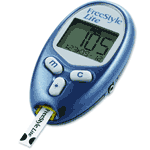
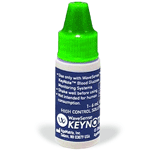
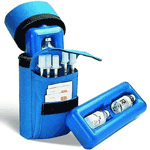
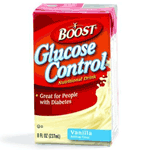
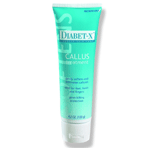
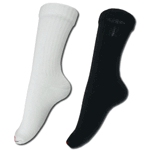
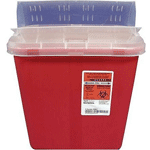

Login and Registration Form